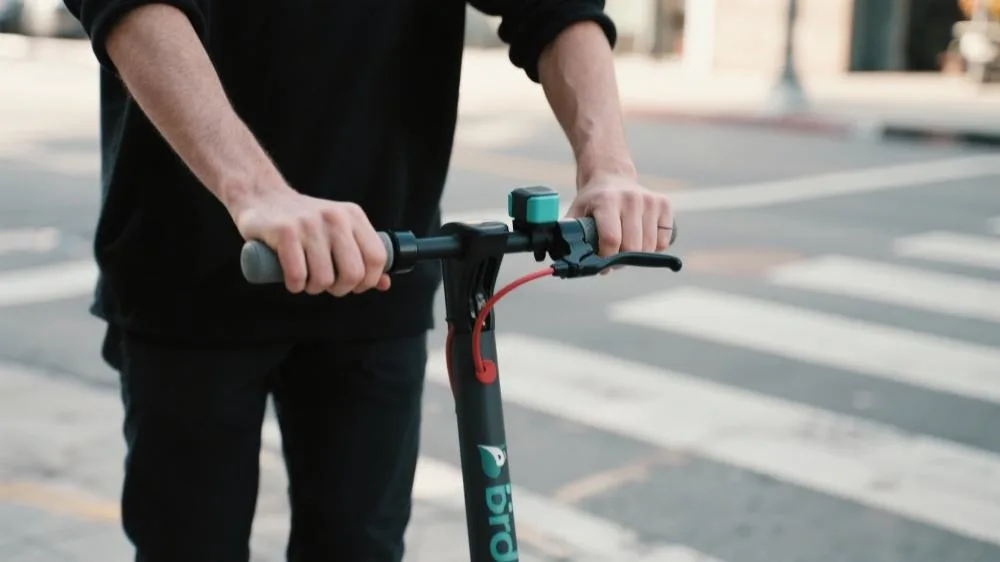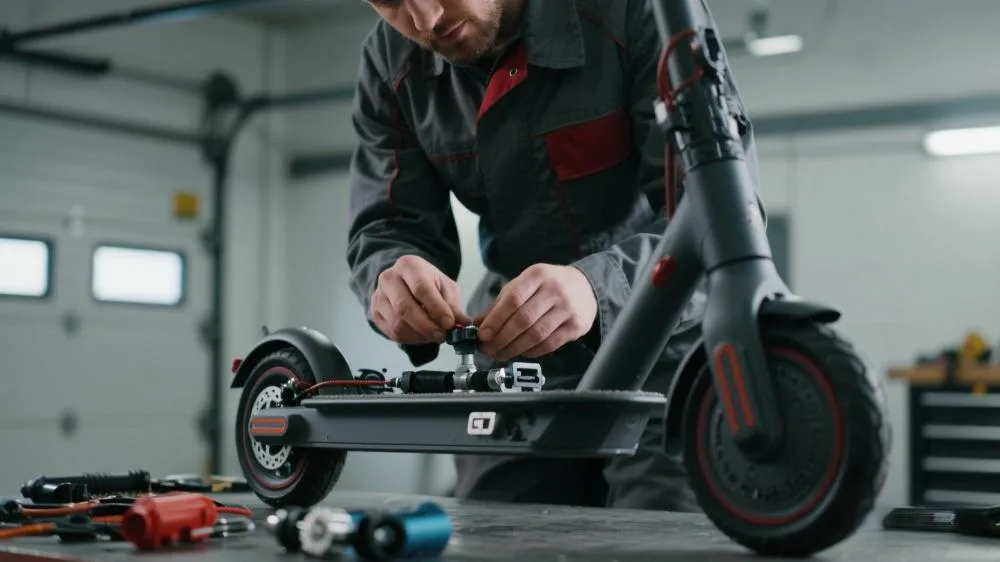how to pump e-scooter tyre
Across European and American cities, electric scooters have become daily transportation for over 32 million users. According to the latest 2025 EU Road Safety Commission report, 23% of e-scooter accidents directly relate to tyre issues, with improper inflation accounting for 67% of handling failures. User surveys from the professional content platform novascooter reveal 82% of e-scooter owners have never properly checked tyre pressure, while over half don’t know their model’s recommended PSI. How to pump e-scooter tyre? Inflating e-scooter tyres may seem simple but involves multiple technical considerations. Unlike bicycles, e-scooter tyres are typically smaller, bear heavier loads, and endure higher speeds. 2025 TÜV certification data from Germany shows maintaining correct pressure improves range by 12-18% while reducing blowout risks by 35%. This guide details safe, efficient inflation methods for different tyre types across various Western usage scenarios, including handling solid vs pneumatic tyres and cold-weather adjustments. 1. Preparation: Understanding Your Tyre System 1.1 Identifying Tyre Types 2025 market research shows three primary e-scooter tyre configurations in Western markets: Key Identification Features: 1.2 Obtaining Accurate Pressure Specifications A 2025 UC Berkeley micromobility study highlights significant variance: Information Sources: 1.3 Essential Tools Preparation The UK Bicycle and E-Vehicle Association’s 2025 tool recommendations: 2. Step-by-Step Inflation Guide 2.1 Safety Inspection Protocol Per 2025 Technical University of Munich safety engineering standards: 2.2 Standard Inflation Procedure (Pneumatic Tyres) Detailed Steps: Pro Techniques: 2.3 Special Scenario Adjustments Winter Temperature Compensation: Pre-Ride Checks: 3. Troubleshooting Common Issues 3.1 Valve Type Confusion Western markets predominantly use: Solutions: 3.2 Slow Leak Diagnosis 2025 novascooter repair data indicates: Detection Methods: 3.3 Overinflation Emergency Response EU Consumer Safety Guidelines advise: 4. Professional Maintenance Recommendations 4.1 Inspection Frequency Standards 4.2 Pressure-Performance Correlation 2025 London Metropolitan University Transport Research Centre data: Pressure Status Range Impact Comfort Traction Standard ±3 PSI Baseline Optimal…










